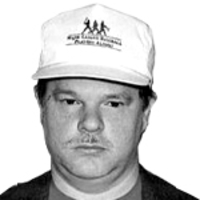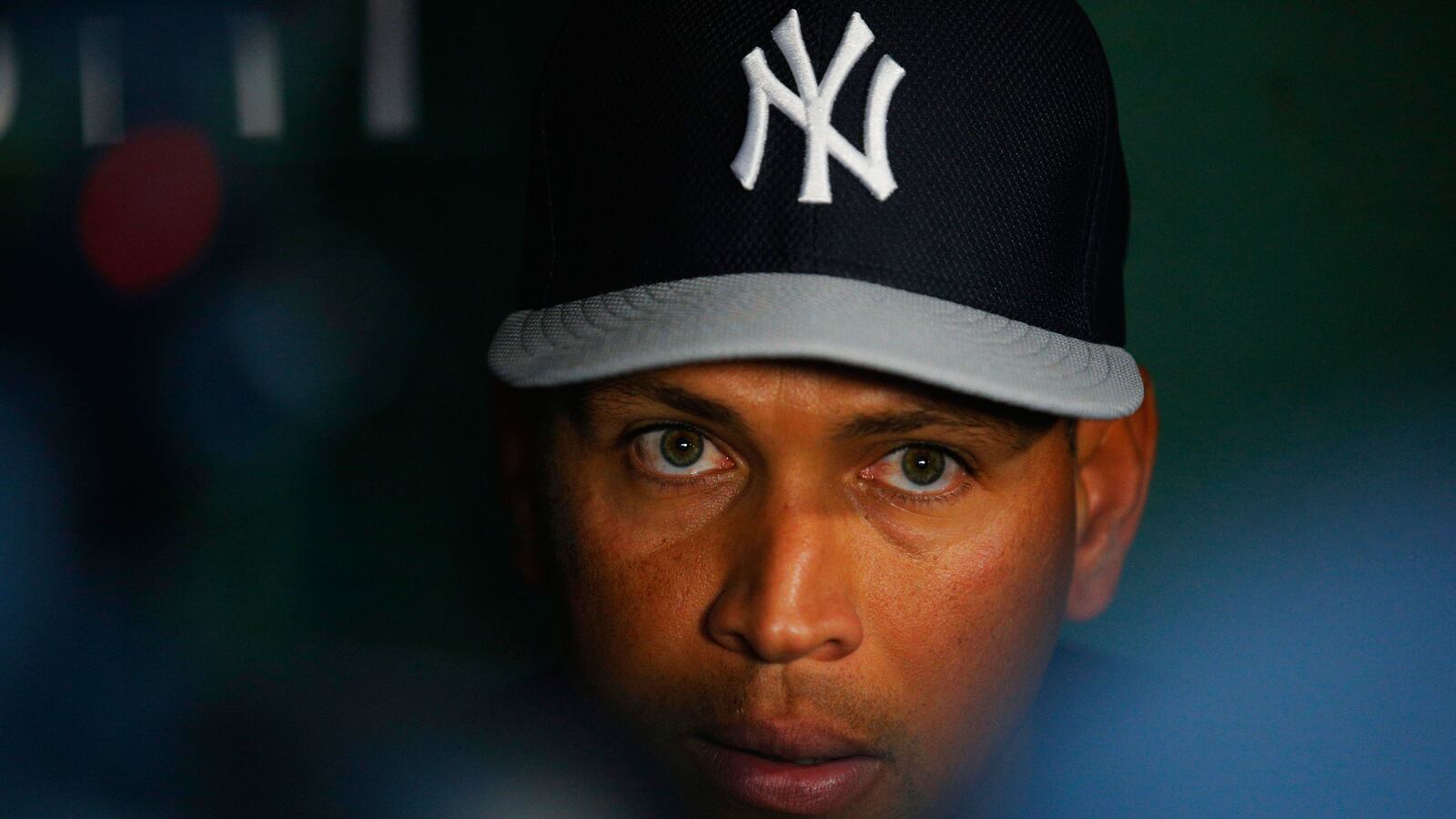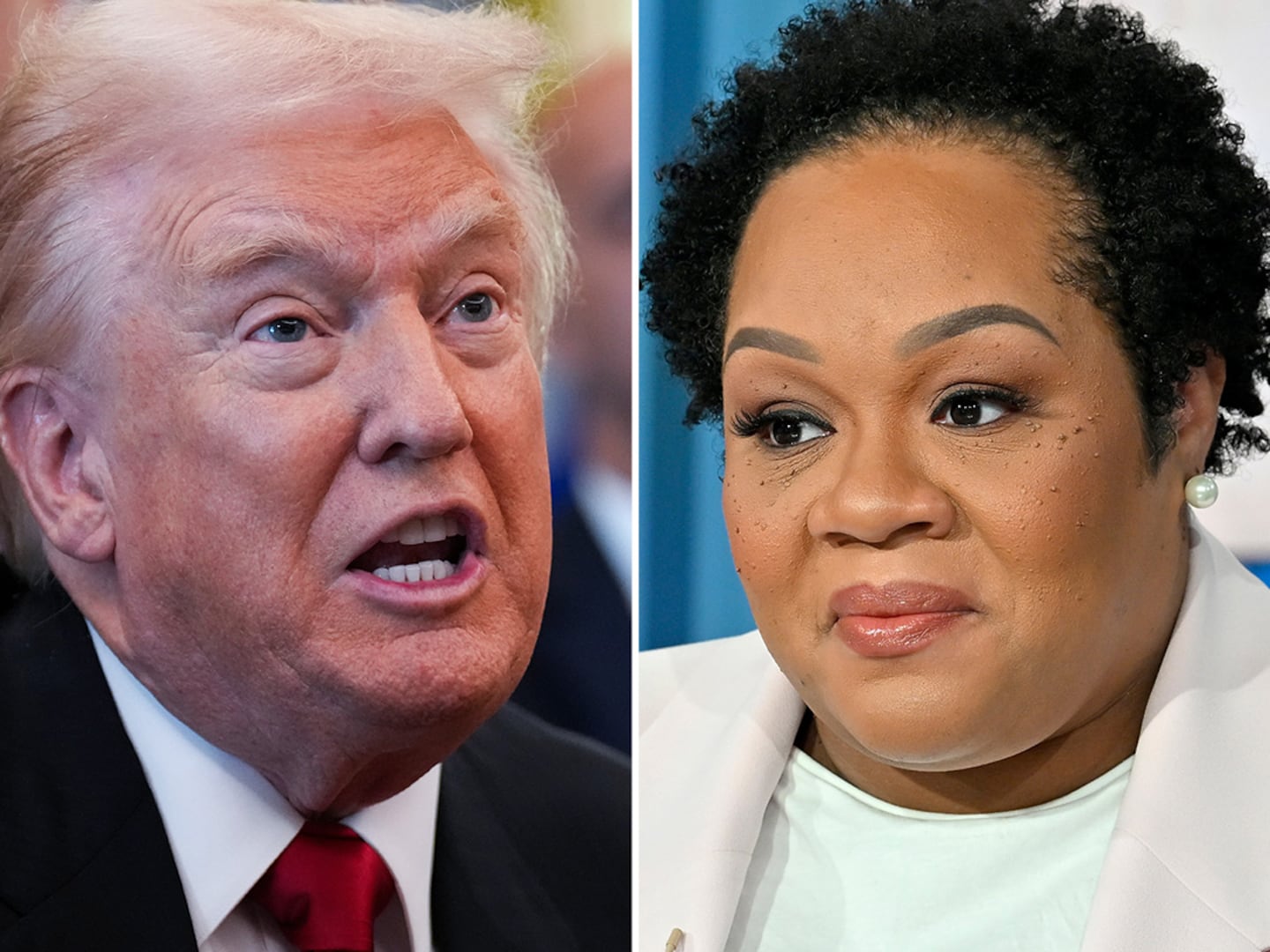There are no heroes in Tim Elfrink and Gus Garcia-Roberts’s Blood Sport. By the time you have plowed through the 400-plus pages of lies, hypocrisy, betrayal, and shady dealings by players, trainers, phony doctors, baseball officials, private detectives, and even government investigators, you may be ready to swear off professional sports all together.
In the winter of 2013, Elfrink, the manager editor of the Miami New-Times, broke the blockbuster story on the Biogenesis case, in which a phony doctor in Florida, Tony Bosch, was found to have been selling alleged performance enhancement drugs [PEDs] to professional athletes, most notably a few big-name baseball players, under the cover of an antiaging clinic. Garcia-Roberts, a veteran of alternative weeklies, is currently an investigative reporter for the Long Island newspaper Newsday.
Your interest in Blood Sport will depend on how much you still want to read about Alex Rodriguez, whom the late writer Richard Ben Cramer called “a completely vacuous person.” Vacuous, though, isn’t very interesting, and neither A-Rod nor Bosch are compelling enough to sustain a book. Elfrink and Garcia-Roberts expend much energy pumping up the significance of a scandal that ended, after all, with a baseball player suspended for a season and a drug dealer being fined $3,000 and told by the state of Florida to stop impersonating a doctor.
There are more serious problems with Blood Sport, though, beginning with the authors’ shaky accounts of baseball history which undermine the book’s credibility.
Nolan Ryan did not help “lead” the 1969 Mets to the World Series; he won just six games that year. The 1980 Philadelphia Phillies were not “lousy with talent;” Mike Schmidt was the only batter with more than 19 home runs and Steve Carlton the only pitcher with more than 17 wins. And Alex Rodriguez was not “inarguably the best-hitting shortstop in history.” That’s an insult to Honus Wagner, who, from 1897-1912, baseball’s dead ball era, led his league in batting eight times and slugging average six times. (A-Rod has led his league in slugging four times.)
More to the point, though, is their failure to fill us in on the circumstances that brought drug testing to MLB in the first place. They quote Richard McLaren (coauthor of MLB’s report on drug use in baseball, the 2007 Mitchell Report) that “what baseball feared most was that Congress would step in and legislate that they had to do drug testing. They desperately wanted to keep it in-house.” This is naïve: what the owners feared was losing their exemption from antitrust laws.
For years, Commissioner Bud Selig procrastinated on requests from Congress for an investigation into drug use; the players, after all, were the owners’ most valuable property, and they didn’t want to lose them to suspensions. In 2005, Selig, in a gesture of blatant arrogance, sent the congressional committee a letter telling them that they had no jurisdiction over MLB and that the hearings were “an absolutely excessive and unprecedented misuse of congressional power.” The testing program which baseball owners and the union had agreed to in 2003 was, Selig insisted, sufficient to deal with the problem.
But several congressman had constituents who were alarmed over reports of drug use by high school players and felt that the major leagues were setting a bad example by not coming down harder on PED use. They weren’t intimidated by Selig and showed the commissioner what real power was: they talked to the media about stripping MLB of its precious exemption from antitrust laws, which it had enjoyed since 1922.
Selig got the message, and asked his friend and former Maine Senator George Mitchell to head up an investigation. This resulted in a 400-page report which named 89 players who had allegedly used PEDS—even though there was no hard evidence on any of them.
The report had one definite effect: rumblings about the antitrust exemption ceased. Elfrink and Garcia-Roberts don’t seem to understand that fear of losing the exemption was the primary reason for MLB’s turnaround on drugs.
The authors further weaken their own case by constant use of a device they should have avoided, namely, quoting unnamed sources, citing an executive “who asked not to be named,” an unnamed “UM fraternity brother,” and “the client, who asked not to be named,” “another [unnamed] teammate remembers,” and so on.
Anonymous sources are used to build a case that A-Rod has been juicing since his teen years. The authors tell us that “accusations that Rodriguez did steroids in high school were publicly aired in the unauthorized biography A-Rod, written by Selena Roberts.” But the Roberts book was widely discredited—former New York Times columnist Murray Chass famously called it “a journalistic disgrace”—because of its wide use of unnamed sources.
The accusations we hear about Rodriguez in high school are all many years after the fact. One coach hints that he must have been on steroids because he started out “pretty scrawny” and by his junior year he had packed on 20 pounds of muscle. But the same things were being said about Mickey Mantle from his freshman to senior high school years in the late ’40s, and no one juiced the Mick.
We’re told “There likely will never be proof that he [Rodriguez] did steroids in high school.” Possibly because he didn’t?
For a book about the misuse of drugs in professional sports, Blood Sport does a poor job of dealing with one of the most important—human growth hormones. The authors’ treatment of it raises more questions than it answers.
HGH is banned by baseball and there is still relatively little known about it. But there are those who swear that HGH—which is not a steroid, and there is no known evidence that it enhances athletic performance—is a healing agent. And an oft-cited 2008 article from the Annals of Internal Medicine states that claims that “growth hormone enhances physical performance are not supported by the scientific literature.”
In the December 4, 2004 issue of Science Daily, Robert Costa, professor of biochemistry and molecular genetics at the University of Illinois at Chicago, said that HGH “activates a gene critical for the body’s tissues to heal and regenerate.”
Blood Sport doesn’t know where it stands on the HGH issue, but the book does carry a fascinating quote from former Chicago Bears tight end and head coach Mike Ditka: “If it helps you recover from injuries, I have no idea why it would be a bad thing. You’re paying players all this money, wouldn’t it help to get them back on the field where they can earn that money?
“I don’t see a damn thing wrong with it.”
Why indeed should highly paid professional athletes, with their careers on the line, stay in pain and out of the game if HGH could help them? It is a controversial drug, but isn’t it high time that HGH was the subject of intensive research rather than the subject of fear, rumor, and ignorance? As Ditka asked, “We gotta stay hurt on forever?”
Blood Sport’s most publicized revelation is that Rodriguez was allowed to use a certain amount of testosterone by a doctor approved by MLB. He “did not tell anybody that he had requested permission” to use it. Why should he? Testosterone isn’t poison, and if A-Rod took it under medical supervision and with the approval of his union and MLB, where’s the scandal?
Elfrink and Garcia-Roberts seem to know everything about performance enhancing drugs except whether or not they enhance performance. They use Ryan Braun, the 2011 National League MVP, as an example of how PEDs are supposed to boost numbers. In his MVP year, 2011, his .332 batting average with 32 homers, 111 RBIs, and 33 stolen bases are called “orgasmic.”
Those numbers aren’t orgasmic: they’re typical for good ballplayers in their prime seasons.
Much is made of Jose Canseco, the game’s first widely publicized steroids user, and his 1988 season, when he became the first player to hit more than 40 home runs and steal 40 bases. This was a statistical fluke; there is nothing remarkable about a big strong slugger hitting more than 40 home runs, and stealing 40 stolen bases is not so impressive if, like Canseco, you got thrown out 16 times.
As for Rodriguez, Elfrink and Garcia-Roberts make many claims that are simply unsupported by the numbers: “By 2008, he had spent at least a significant portion of his career … using anabolic steroids and other performance enhancing drugs.” And, “Steroids had fueled his monster seasons in Texas.”
Let’s pause and unpack. I’m going to hit you with a swarm of numbers here, so please bear with me.
While playing for the Seattle Mariners from 1998 to 2000, A-Rod hit 125 home runs, 51 at home and 74 on the road. Why did PEDs only give him a boost outside Seattle?
From 2001-2003, when he played for the Texas Rangers, the situation was reversed: he hit 86 home runs at home and 70, just about the same total he had with Seattle, on the road. But the power boost A-Rod got from hitting in the ballpark at Arlington, one of the best power hitter’s parks in the league, was just about the same as every other American League hitter. If PEDs enhanced A-Rod’s power in Texas, why couldn’t he hit more home runs in other AL stadiums?
And if A-Rod has been juicing over the past few seasons with the Yankees, how come it hasn’t worked? Why, from 2011-2013, did he hit just 41 home runs and bat only .270? Can anyone show the “blip” where PEDs are supposed to have helped Alex Rodriguez?
Blood Sport is filled with big conclusions that are undermined by the known facts. For instance: Elfrink and Garcia-Roberts deride “the late 1990s when steroid-jacked home runs were fueling baseball’s comeback from labor strife.”
The myth of steroid-fueled home runs has been analyzed by many, taking into account ballparks and changes in the strike zone (pitchers are certainly benefiting from the wider strike zone this season), but none better than Joe Sheehan’s study posted on his website last August, The Big Lie. Sheehan’s conclusions, backed by meticulously compiled charts of hitting and pitching trends over the last 42 years, are conclusive: “The big lie is that steroids caused home runs and testing stopped them. What’s true is that the home runs—specifically the ones hit by Barry Bonds, Sammy Sosa and Mark McGwire—caused testing.”
Sheehan demonstrated that what happened from 1996 through 1998 was a three-year spike in power that was not unusual in baseball history. The reason scoring, home runs, batting averages, and slugging averages have been down in the era of more frequent testing can easily be explained by new trends in pitching, resulting in more strikeouts, improved fielding, aggressive shifts for pull hitters that take points off batting averages by the bushel, and, especially, the wider strike zone.

It’s disappointing to come to the end of Blood Sport and read that PEDs, by inflating statistics, “tear the baseball space-time continuum, the fabric of stories that links father-to-son-to-grandfather at every ballpark.” That’s why we’re going through this maelstrom of bad press, lawsuits, suspensions, and violations of civil liberties? To protect the integrity of granddad’s record book, whether drugs threaten them or not?
The only real justification for the obsession with drugs in sports is the potential harm unknown substances obtained from quacks and charlatans like Tony Bosch can cause to teenage athletes. Don’t try to brush off intimidation of witnesses (which MLB did repeatedly during their investigation), flagrant abuses of civil liberties by the government (when federal agents leak the results of drug testing), and paying for evidence (which MLB did to nail Alex Rodriguez), and then tell me that they’re justified in the name of Babe Ruth’s legacy.
Allen Barra reviews books for TheAtlantic.com, Salon.com, Bookforum and American History. His latest book is Mickey and Willie: Mantle and Mays, The Parallel Lives of Baseball’s Golden Age.






